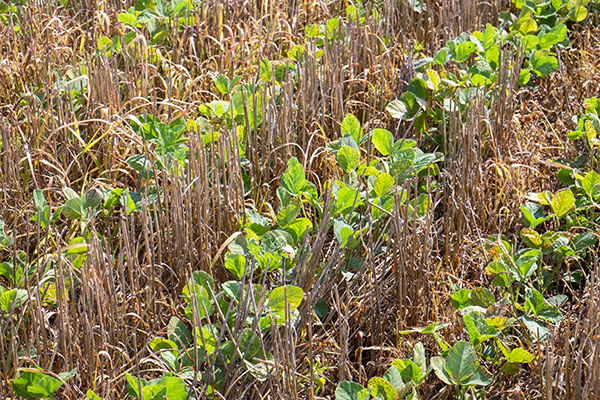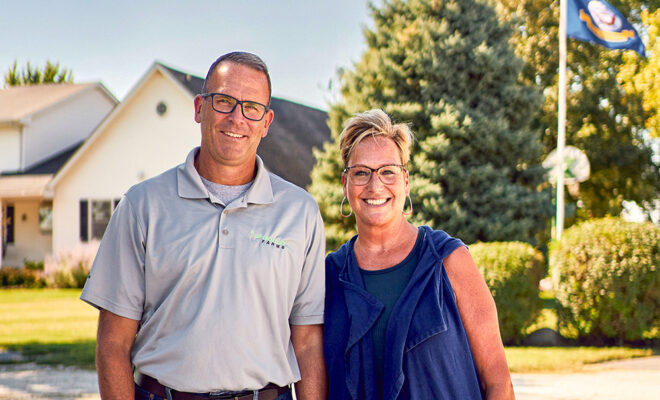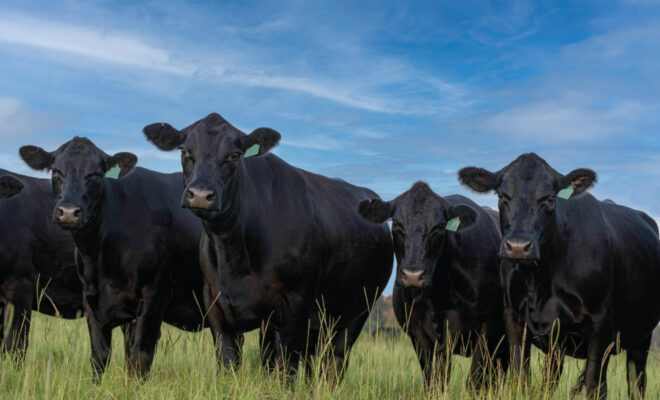Some Illinois farmers started planting as early as March, and by July, the season is winding down in most parts of the state. After flooding and constant rains hampered much of the state in 2019 and significantly delayed planting, Mother Nature cooperated a bit more in 2020.
“I’ve been done for some time now, but our double-croppers throughout the state continue to harvest their wheat and rye and many will be seeding soybeans into what remains,” said Richard Guebert Jr., president of the Illinois Farm Bureau.
Guebert farms near Ellis Grove in southwest Illinois. Much of the winter wheat grown in Illinois is seeded in the southern part of the state, but farmers in other regions of the state grow the crop too.
It’s called “winter wheat” because farmers seed it in the fall. The crop gets started, and then lies dormant over winter. When the weather warms up in spring, winter wheat takes off and is typically harvested from mid-June into July. Many Illinois farmers then have the opportunity to get a second or “double crop” in one year by seeding soybeans into the wheat stubble.
“Winter wheat also serves as a protective blanket, keeping our soil and crop nutrients in place,” said Guebert, whose family farms in Randolph County.

Illinois ranks as the leading state when it comes to growing soybeans. We’re number two in corn production.




